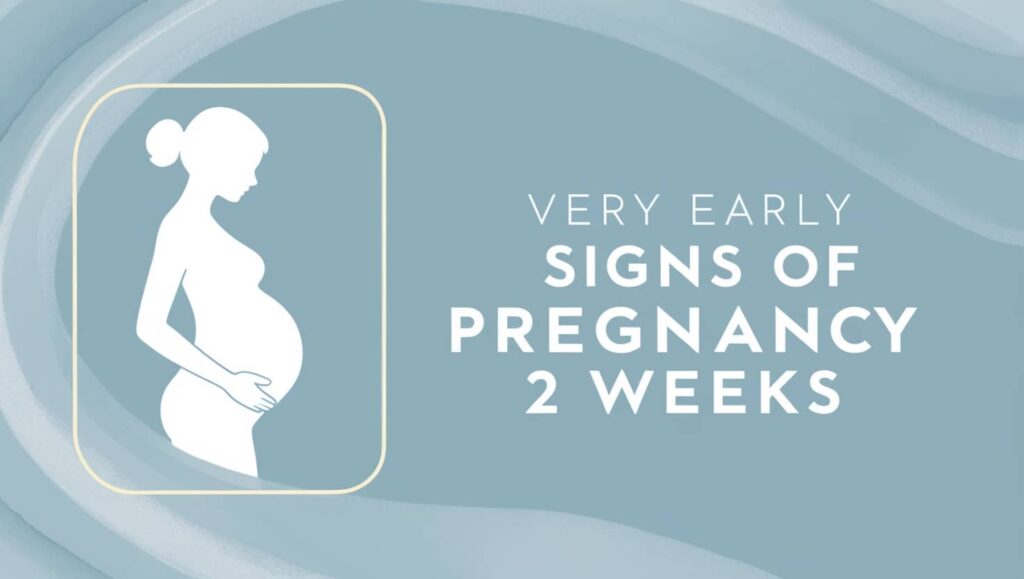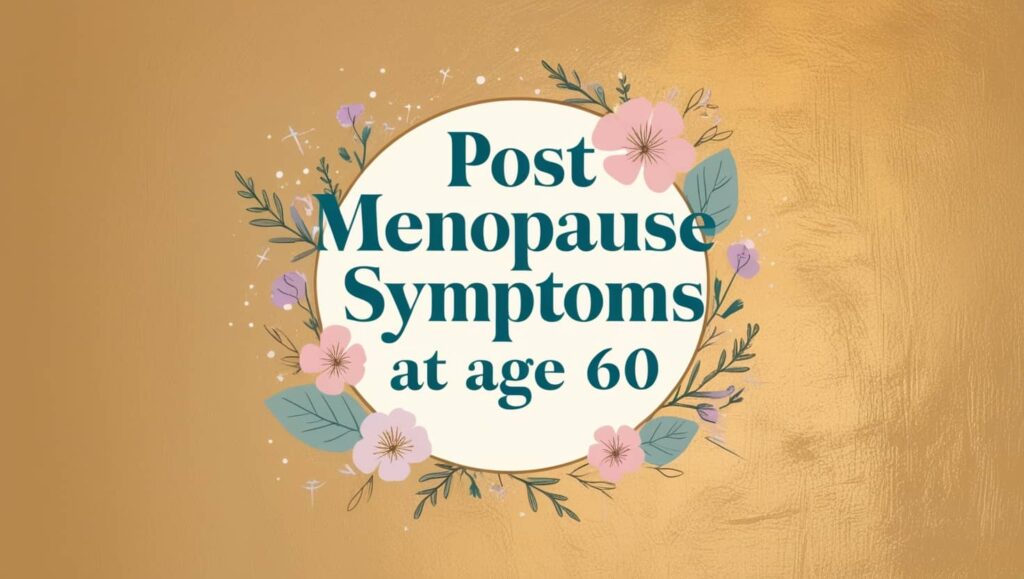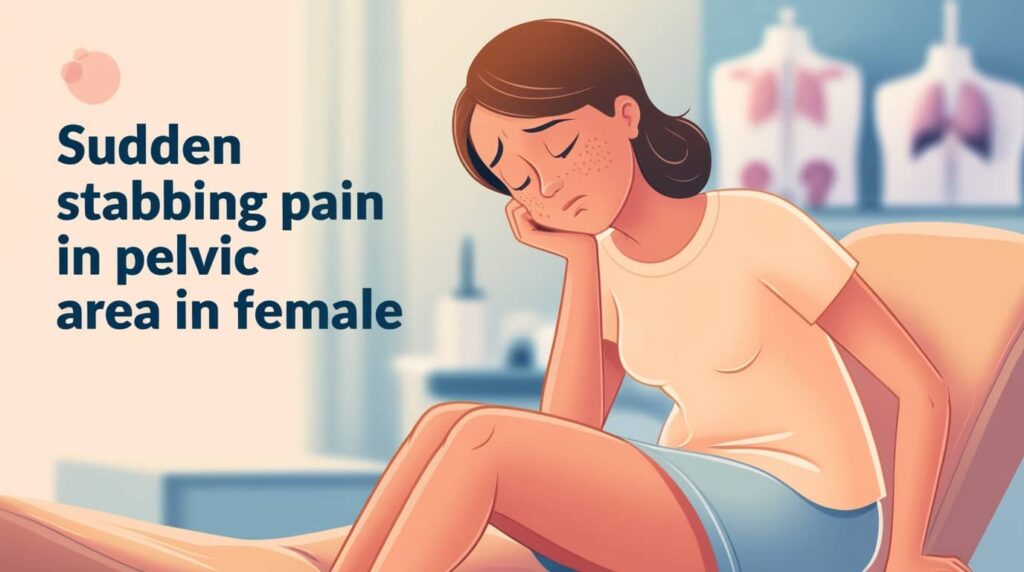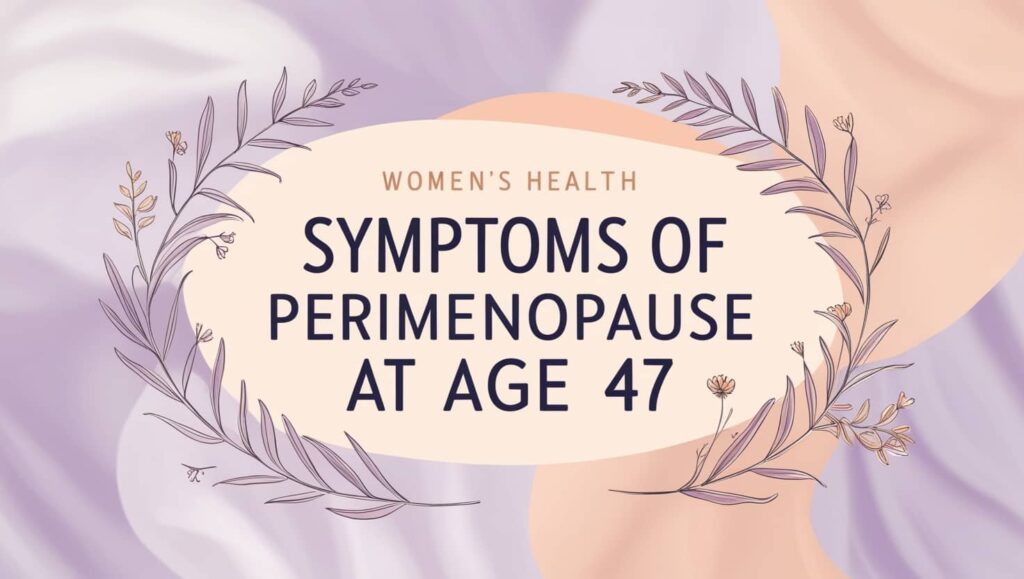Estrogen and progesterone are essential hormones for female reproductive health.
Estrogen is the primary female sex hormone. So where is estrogen produced?
Estrogen is produced primarily by the ovaries during a woman’s reproductive years.
However, it is also produced in other tissues, including the adipose tissue, adrenal glands, and the placenta during pregnancy.
The enzyme aromatase, found in various tissues throughout the body, converts androgen to estrogen.
While the ovaries are the primary source of estrogen during the reproductive years, this changes in women before and after menopause, with fat cells and the adrenal glands becoming increasingly important contributors.
Primary Sources of Estrogen in the Body
Where is estrogen produced and what are its main sources in the body? Here is the answer:
- Ovaries: During the period in which a woman can give birth, the ovaries are the main source of estrogen production.
- Adipose tissue: Also known as fat tissue, it can produce a percentage of estrogen, and this percentage increases with obesity and weight gain.
- Adrenal glands: Which are located above the kidneys, can produce small amounts of estrogen.
- Placenta: Which is formed in the uterus during pregnancy to nourish the fetus, can produce a percentage of estrogen.
You can also get estrogenic compounds from some foods such as soybeans, flax seeds, and other foods rich in phytoestrogens. (Chen, 2022)
Estrogen Production in Women of Reproductive Age
- In women of reproductive age, the ovaries are the main source of estrogen production, while the adrenal glands and adipose tissue produce lower levels of this hormone.
- During pregnancy, the placenta that grows in her uterus to nourish the fetus also produces levels of estrogen.
Estrogen levels vary throughout the month in women of reproductive age as follows:
- Estrogen levels are at their lowest during menstrual bleeding.
- Estrogen levels rise to their highest levels in the middle of the menstrual cycle.
The importance of estrogen for the body:
Estrogen performs important functions in the body, starting with the development of the female reproductive system and affecting the heart, blood vessels, bones, breasts, brain, pelvic muscles, skin, hair, and mucous membranes. (MedlinePlus, n.d.)
Read Also: High Estrogen Symptoms in Females
Changes in Estrogen Levels During and After Menopause
During menopause, the body’s production of estrogen drops dramatically, causing a range of unwanted symptoms such as:
- Hot flashes.
- Night sweats.
- Vaginal dryness.
- Mood swings.
Estrone and Estradiol:
During menopause, the body produces a type of estrogen hormone known as estrone instead of the dominant type produced during the fertile period known as estradiol.
- Estrone: is the main type of estrogen produced by the body after menopause, and is about one-third as effective as estradiol.
- Estradiol: is the main estrogen produced by a woman’s body during her reproductive years, and is the most potent estrogen found in both males and females.
Osteoporosis:
Osteoporosis is a common problem among women in menopause, as the decrease in estrogen production and the inefficiency of the type produced leads to a decrease in bone density, which exposes women to osteoporosis and makes them more susceptible to fracture.
Replacement therapy:
The doctor may prescribe hormone replacement therapy to get rid of the symptoms associated with menopause.
You must be careful to have continuous follow-up if you choose to undergo this type of treatment to avoid any complications that may arise from it.
Related: Low Estrogen Symptoms in Females
References
- Chen, P. (2022). PubMed. Retrieved from Role of estrogen receptors in health and disease
- MedlinePlus. (n.d.). Retrieved from Aging changes in the female reproductive system







